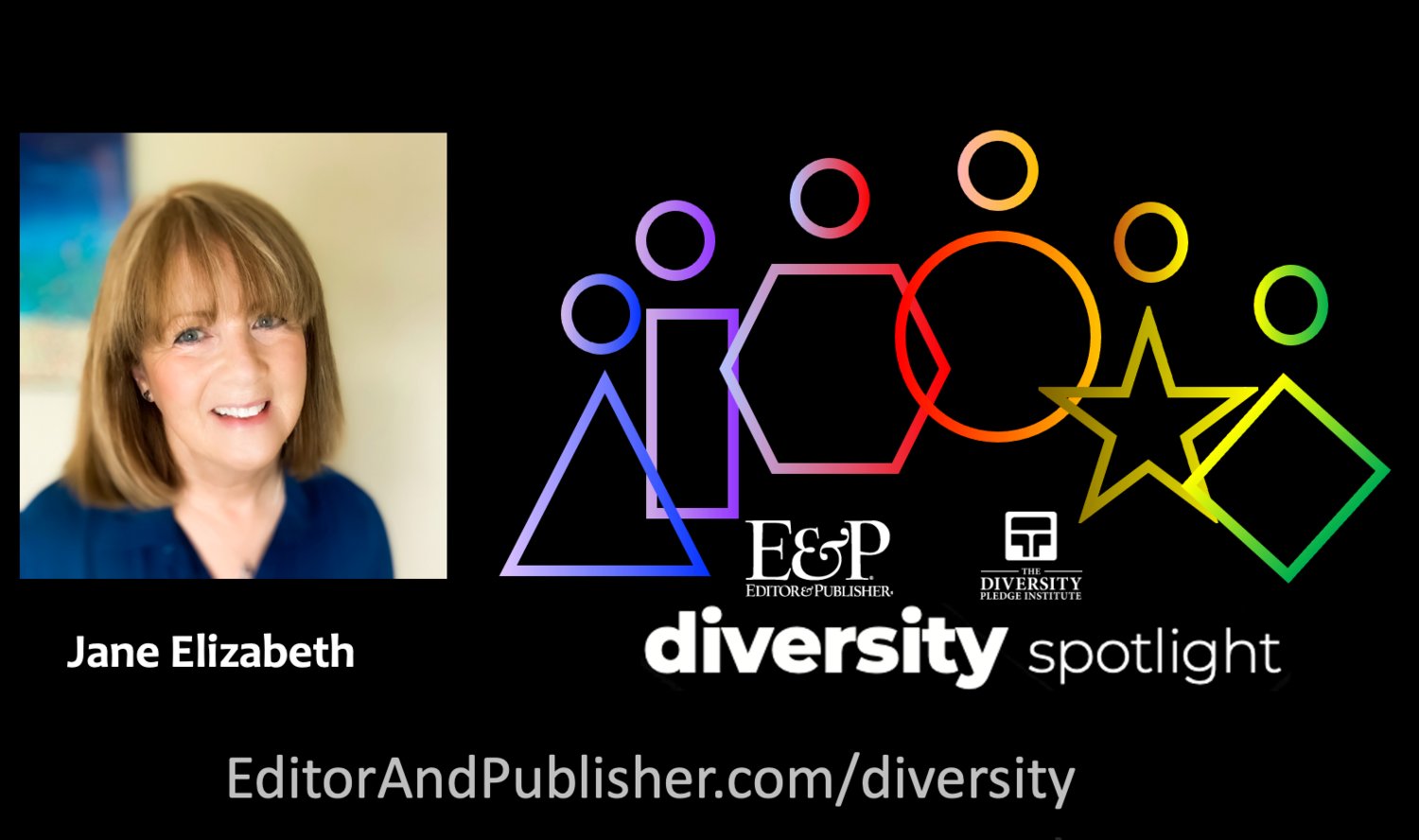
I’m never quite sure what people mean when they use the term “legacy newsroom.” But in recent years, my take is that it’s often a pejorative description of an archaic news organization founded and still run by white men — along with a few white women raised in the ways of journalism by those men.
There’s no getting around the fact that I’m one of those white women. While I’ve spent my entire career fighting some ugly legacies and dumb traditions — ask anyone who’s ever worked with me — I’m shamed by the lack of real progress in diversity and inclusion in journalism. Particularly in local newsrooms of all sizes, the smell of monoculturalism is far too strong. The news staff and content at publications where I've worked, even three decades ago, have barely changed at all.
A good portion of this failure is due to a lack of skill in interviewing job candidates, which shouldn’t be surprising. Rarely does any newsroom provide professional instruction to managers on hiring methodology, much less hiring for diversity. And if you’re a straight white male manager who’s dealt chiefly with straight white job candidates — or if you’ve learned your interviewing skills from those managers — you have some habits and biases to overcome.
It’s a big problem, and this is a short guest column. But I’ll try to offer a few tips and strategies I’ve learned through years of my own mistakes as a manager and watching some of my editors’ missteps in interviews with job candidates who don’t look like them.
First, words are important, and I’d love to see two unfortunate phrases struck from the vocabulary of anyone in charge of hiring journalists. “Not a good fit for our newsroom culture” should be a red flag that your biases have won. Can you even specifically define your newsroom “culture” and provide a detailed explanation of “good fit?” Doubtful. Step away from the amorphous excuses.
“Unconscious bias” is nails-on-a-chalkboard for me. It’s a label that sounds like a free pass: “I’m sorry for my biased actions, but someone knocked me unconscious!” (Please don't come after me, social scientists.) On the other hand, the terms “implicit bias” or “subconscious bias” send a more forthright message. And people with “conscious bias” should not be part of the hiring process.
Speaking of words, check the Oregon Health & Science University (OHSU) Inclusive Language Guide for an evolving list of vocabulary words and phrases to use and to avoid.
Some other thoughts for managers trying to diversify their workforce:
Listen with everything you’ve got. Accept that you don’t know what it’s like to face the bias experienced by people who don’t share your skin color or gender orientation. I know what it’s like to be discriminated against as a woman. But I cannot apply that to any other form of discrimination. So unless Freaky Friday is a true story, you cannot know; you never will know. Open your ears and mind, stop talking about the “diverse” reporter you hired five years ago, and listen.
Toss the 15-year-old list of interview questions. If your interviews are being conducted with a standardized list of questions in the name of “fairness,” stop. This is not a candidate questionnaire for your next voter’s guide. Each job applicant brings freshness and unique qualities to the interview and deserves a tailored approach.
Don’t fear the body snatchers. If you’re dismissing a job candidate because you believe another news organization will snap them up in a year or so, please set those worries aside. Hiring a new employee is not an until-death-do-us-part vow of marriage. Focus instead on what the candidate will bring to the organization and the impact they’ll leave in whatever period you employ them. But more importantly: What gifts and skills will you provide to the journalist to take with them as they move through their career?
“Do you have any questions for me?” This is often saved for the last minutes of a job interview, and it can seem like the clock is ticking down. Instead, make it a natural, early and specific question. Understand that job candidates who’ve felt uncomfortable and unheard in previous job interviews may be insecure about opening up a topic. Try a more direct invitation: “I’d really like to hear your questions about our social media guidelines” or “I’d like to hear your concerns about diversity in our newsroom.”
Prepare differently. Spend less time printing out resumes and calling references and more time on personal preparedness. (1) Set aside a couple of hours to take Harvard’s Implicit Association Test (IAT). It’s not the ultimate test of bias, of course, but I encourage you to try it on your own and then have an honest conversation with yourself about your results. (2) Look for self-help diversity tools like NABJ’s video primer, NABJ LGBTQ+ Sensitivity Training. (3) Check the Freedom Forum Institute’s Power Shift Project for upcoming “How to be an Ally” webinars and a great list of DEI resources.
Jane Elizabeth, a media consultant, is a longtime journalist who has worked in newsrooms including The Washington Post, The Pittsburgh-Post Gazette and The Virginian-Pilot; and most recently was managing editor of The (Raleigh, N.C.) News & Observer and The (Durham, N.C.) Herald-Sun. She also was the director of accountability journalism at The American Press Institute. Board memberships include The Freedom Forum’s Power Shift Project, Radford University’s College of Humanities and Behavioral Sciences, and The North Carolina Press Association. She holds a master’s degree from Virginia Commonwealth University and is a former Knight-Nieman visiting fellow at Harvard University.
Comments
No comments on this item Please log in to comment by clicking here